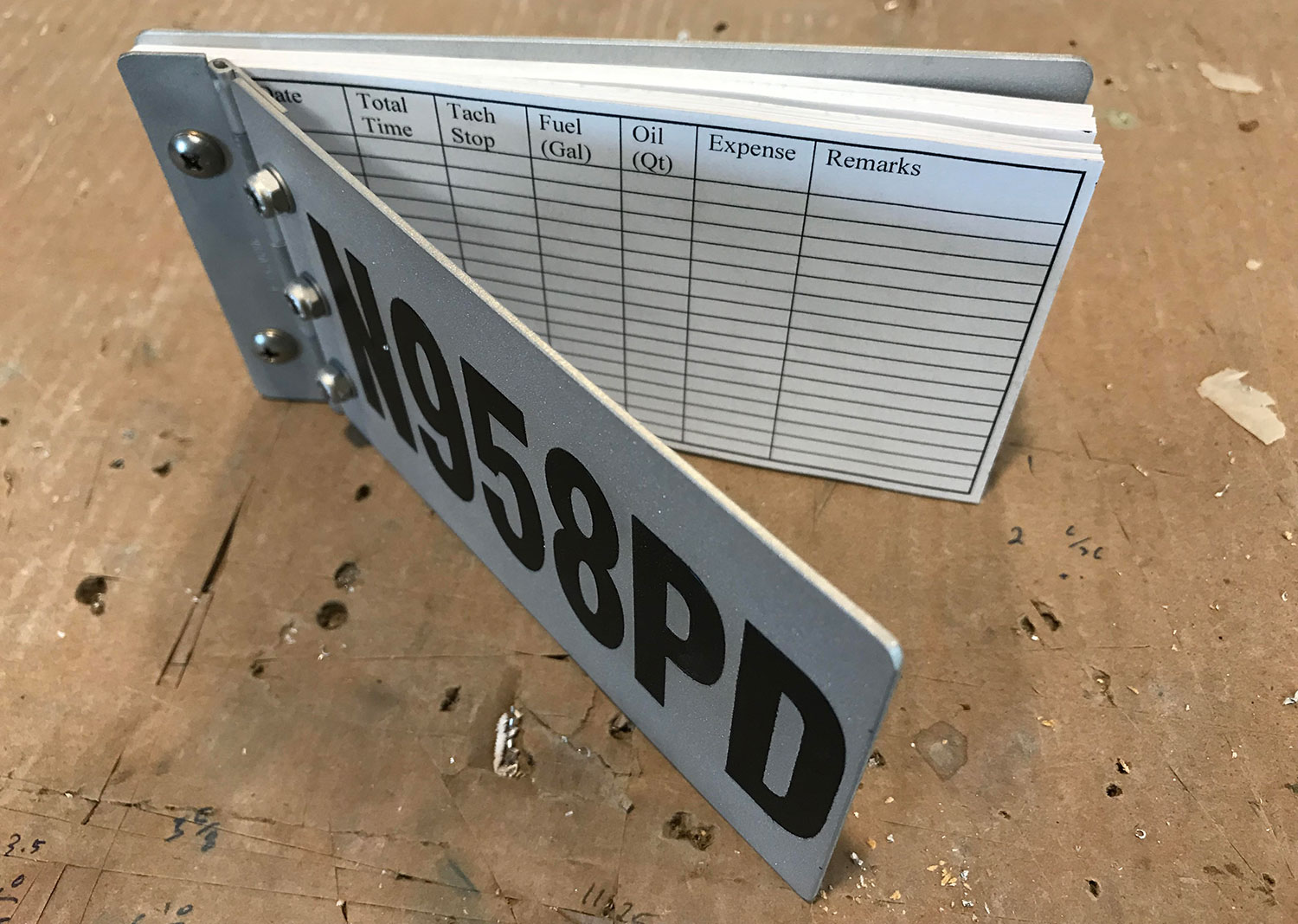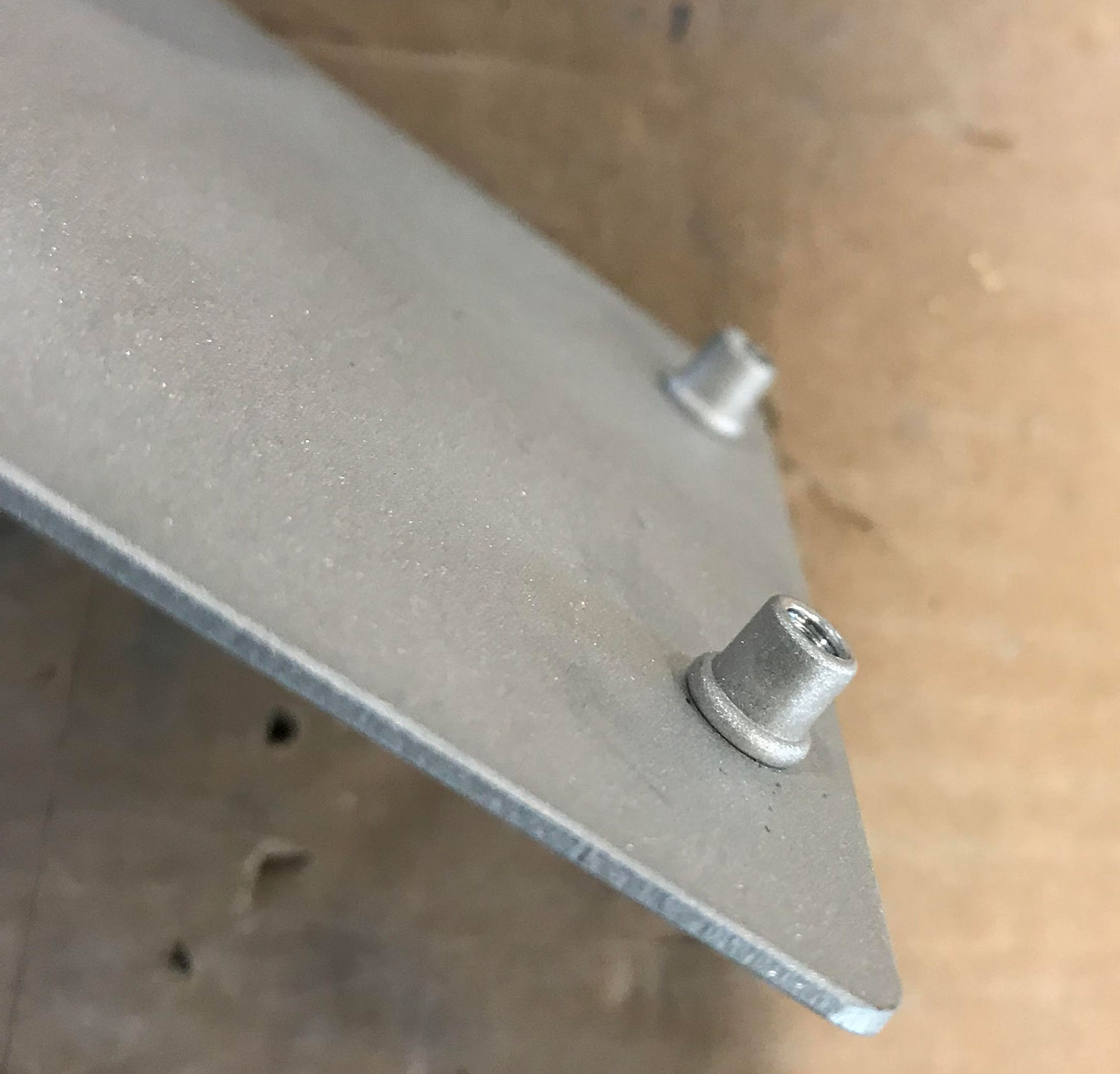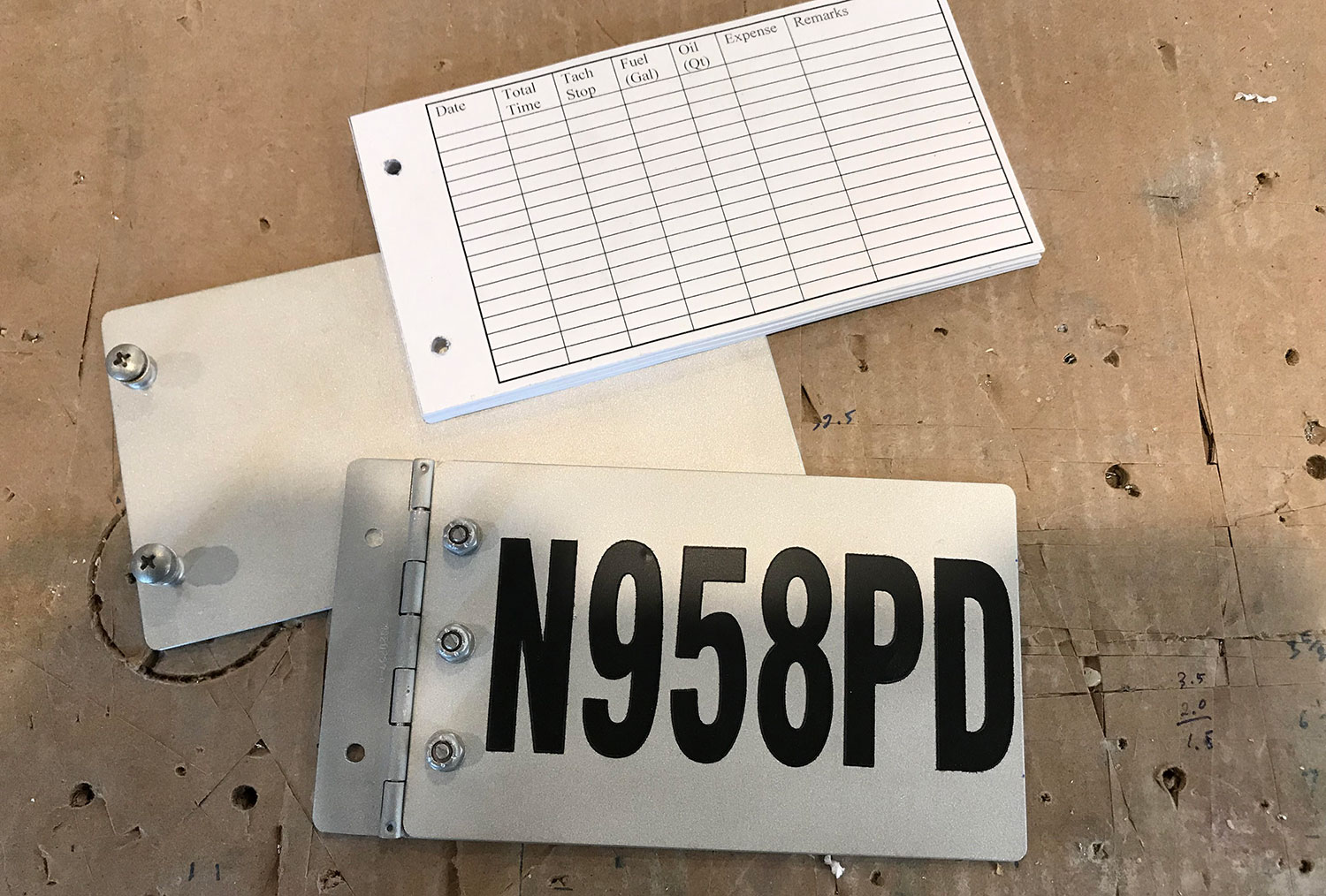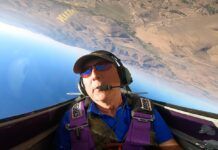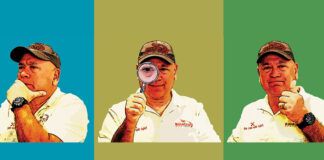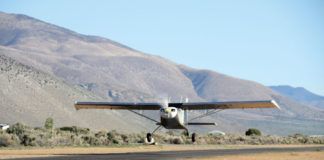OK, so you’ve driven the last rivet, and hung the last hinge. The airplane is ready for inspection, and all you have to do is pour fuel in and fly… it’s finished!
Not so fast, my young Padawan–in our house, we have a tradition–you’re not finished with an airplane until you have made a permanent activity logbook. No, not the official logbook where you record inspections, maintenance, and endorsements. We’re talking about a logbook that stays in the airplane and is used to log flights and fuel. Something that you can go back to and figure out who flew what trip, and maybe even use to show the tax authorities when and where it was used for business. I first saw a book like this in the airplane I used to learn to fly–it was nearly indestructible, easily tossed anywhere, and it was never damaged.
When I bought my own first airplane, I looked and looked for one like it–and found out that they didn’t exist, at least not for sale. No, not for sale, they have to be built. Just like the young Jedi apprentice who wishes to become a Knight, and in order to do so, must build their own light saber, the aircraft builder must make their own logbook cover from scrap material left over from building the airplane!
There is no set pattern–they are all as individual as the airplanes they serve. The builder must even make the pages, creating columns that means something tot them. Mine use thick aluminum for the covers, with a piece of piano hinge. some screws and nuts – and a pair of Rivnuts installed backwards to clamp the pages together.
They cost nothing, and take as long as you care to spend to make. It’s a good way to slowly back away from building.

